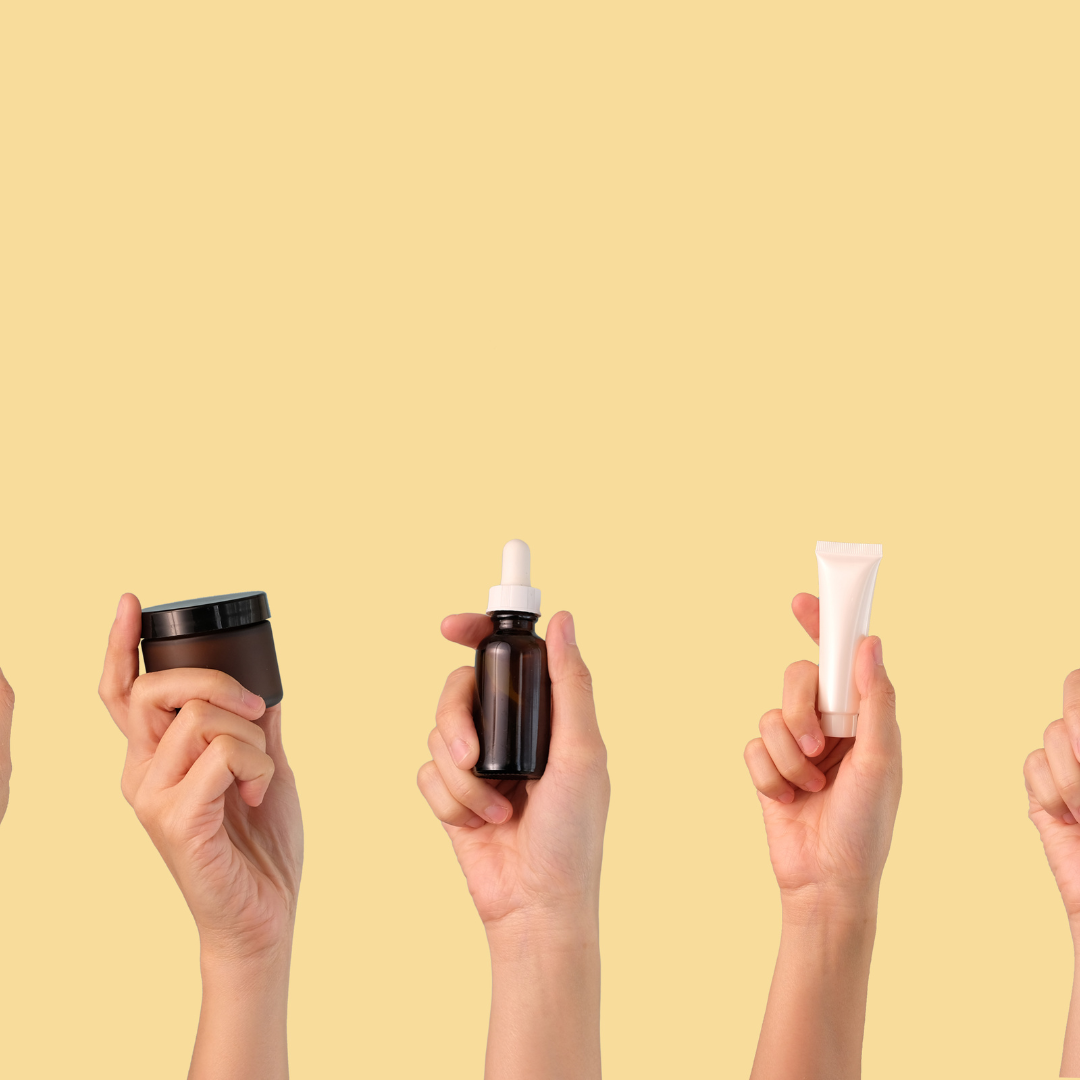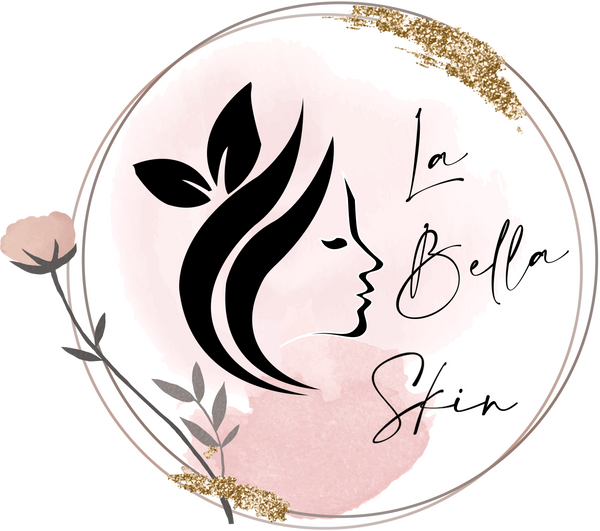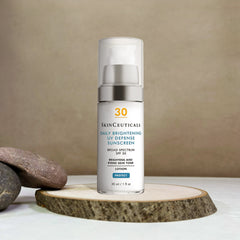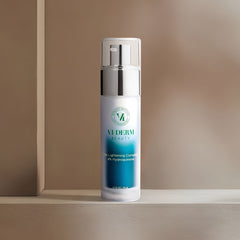
The Complete Guide to Hydroquinone Cream Price: What You Need to Know Before You Buy
Compartir
When it comes to treating hyperpigmentation, melasma, and dark spots, hydroquinone is often regarded as the gold standard. However, navigating the landscape of hydroquinone creams can be tricky—especially given recent regulatory changes. In 2020, the FDA banned the sale of over-the-counter hydroquinone products, meaning that hydroquinone is now only available with a prescription or through licensed professionals selling medical-grade products.
This guide explores how hydroquinone pricing works, the differences between concentrations, and the factors that influence cost, helping you make an informed decision on your purchase.
Hydroquinone Availability: A Breakdown by Concentration
Hydroquinone products come in different concentrations to target pigmentation at varying levels of severity. Here’s what you need to know about each option:
Medical-Grade Hydroquinone (4%)
- Price Range: $50 – $150+
- Where to Buy: Licensed estheticians, dermatology clinics, and professional-grade online stores
- Usage: Best for moderate to severe hyperpigmentation, providing faster results than lower concentrations. Products like VI Derm Hydroquinone 4% are formulated to offer high potency and stability.
Details:
Since the FDA banned OTC hydroquinone, 4% concentration products are now considered medical-grade and require professional supervision for purchase. Many estheticians and dermatologists recommend 4% hydroquinone because it offers quicker and more noticeable results than lower concentrations, while still being relatively safe when used properly.
Prescription Hydroquinone (6% and 8%)
- Price Range: Varies by pharmacy and provider, often higher due to limited availability
- Where to Buy: Dermatologist prescription
- Usage: Reserved for severe pigmentation issues or cases where 4% hydroquinone has not been effective.
Details:
Hydroquinone concentrations of 6% or 8% are typically prescribed for more resistant pigmentation, like stubborn melasma or post-inflammatory hyperpigmentation (PIH) that hasn’t responded to other treatments. These higher concentrations require close monitoring by a healthcare provider to avoid side effects like exogenous ochronosis (a rare condition causing blue-black skin discoloration).
Alternatives to Hydroquinone
For those who cannot access hydroquinone or prefer not to use it, alternative brightening agents are becoming popular. Some effective options include:
- Azelaic Acid: Reduces inflammation and pigmentation.
- Kojic Acid: Naturally inhibits melanin production and brightens the skin.
- Tranexamic Acid: Works especially well on melasma by targeting pigmentation pathways.
- Arbutin: A derivative of hydroquinone with similar effects but less risk of irritation.
Why Do Hydroquinone Cream Prices Vary?
Several factors contribute to the wide price range of hydroquinone creams. Here are the key elements that influence pricing:
1. Concentration and Potency
Higher concentrations, such as 4% and above, are more effective at targeting deep pigmentation but require medical supervision. These products are generally more expensive due to their potency and limited availability.
2. Stability and Formulation
Hydroquinone is highly prone to oxidation, which can render it ineffective if exposed to air and light. Medical-grade brands invest in advanced formulations that prevent oxidation and maintain potency over time.
Products like VI Derm Hydroquinone use airtight, light-blocking packaging to ensure stability, which adds to the production cost—but ensures the cream works until the last drop.
3. Brand Reputation and Clinical Research
Reputable brands that invest in clinical trials and dermatological testing tend to charge more. The extra cost reflects research-backed safety and efficacy, which can be especially important for individuals with sensitive or unique skin types.
Look for products with transparent ingredient sourcing and clinical testing data to ensure you’re investing in a high-quality product.
4. Packaging and Quality Control
Many medical-grade hydroquinone creams come in airless pumps or opaque tubes to prevent contamination and oxidation. These specialized packaging solutions contribute to the higher cost but ensure maximum effectiveness.
What to Look for When Choosing a Hydroquinone Cream
Here are a few key considerations when selecting the right hydroquinone product for your skin:
1. Choose the Right Concentration for Your Needs
- 4% Hydroquinone: Ideal for moderate to severe hyperpigmentation.
- 6-8% Hydroquinone: Consider only if recommended by a dermatologist for stubborn pigmentation.
2. Opt for Stable Formulations
Hydroquinone’s effectiveness depends on proper formulation and packaging. Look for brands like VI Derm that offer air-tight, light-blocking packaging to maintain product stability.
3. Consider the Brand’s Mission and Reputation
Brands that focus on inclusivity and safety—such as VI Derm, which offers solutions for all skin types—are worth the investment. Products with research-backed claims tend to deliver more reliable results.
4. Don’t Skip Sunscreen
Using hydroquinone without sun protection can undo your progress. Incorporate a broad-spectrum sunscreen like SkinCeuticals Daily Brightening UV Defense SPF 30 to protect against UV-induced pigmentation.
Making the Right Investment in Hydroquinone Cream
The price of hydroquinone creams varies based on concentration, stability, brand reputation, and packaging quality—but higher concentrations and medical-grade formulations often provide better, faster results. For most individuals seeking effective pigmentation treatment, 4% hydroquinone is the sweet spot—strong enough to produce results, but safe when used properly.
If you’re struggling with severe pigmentation and think 6-8% hydroquinone might be necessary, consult a dermatologist to determine the best course of action. Remember, consistency and sun protection are just as important as choosing the right product.


